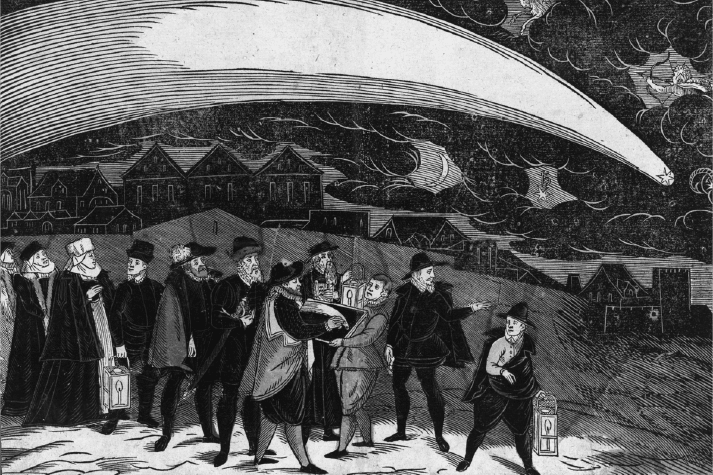The NanoTemper Story – Chapter 4: The Tycho

What would you do if you created a brilliant new invention, but no one knew or understood why they would use it? You know that it would change the way everyone works and lives, but you need to convince people that their lives will be improved with it. But for others, it can be hard to know what you don’t know, and it’s hard to solve a problem if you don’t know there is a problem. Sure, you might need the past to inform you and help you build a solution, but how can you be sure what you’re building will actually be useful to anyone? How do you develop something if people aren’t even sure why you’re working on it? Such questions can be daunting to overcome, and the story of the Tycho is about how NanoTemper came head-to-head with these challenges.
Putting a solution ahead of the problem
The Tycho was developed to help protein researchers better understand how their proteins are behaving. The PR (Prometheus) is great for advanced biophysical characterization, but sometimes all a researcher needs is quick confirmation of their protein stability. Tycho is a fast and easy solution for monitoring proteins during assay development, or quickly assessing conditions to enhance their stability.
“This was an attempt to build an instrument without a market. We had to educate users on how Tycho Technology could help them solve their problems in the lab.” -Stefan Duhr
Protein biologists aren’t always used to thinking this way. Researchers may monitor their protein after purification by enzymatic assays, SDS-PAGE, or chromatography methods. These assays are great for determining whether your protein is active (assuming it’s an enzyme), whether it is the right size, and what its general oligomeric state is. But protein folding is not captured by any of these methods. Proteins can still be active while partially unfolded, and the general size and presence doesn’t tell you if the protein will remain stable long-term. Having a way to test your protein over time or in different buffers can save a lot of time and energy in the long run. Tycho steps in to solve that problem in the lab.
Behold, a Tycho!
During the development phase of the Tycho it was referred to internally as “Diogenes.” In keeping with the themes of Greek names and discoveries, Diogenes was a philosopher in ancient Greece. He was also quite a character. A contemporary of Plato, when the more well-known philosopher described the man as a featherless biped, Diogenes supposedly plucked a chicken and brought it to Plato’s academy, saying, “Behold! I’ve brought you a man!”
Diogenes was a unique and interesting discoverer to inspire the work of building this technology, but unfortunately, his name is pretty difficult to say—an important consideration for technology that will be launched around the world. As NanoTemper grew, we expanded the marketing team, who helped come up with a list of names that could work for the new technology.
“I went to Copenhagen and visited Brahe’s observatory, the Rundetorre. The tour guide was telling us stories about him and I thought, ‘This guy was amazing! Brilliant, but a little kooky.’ I knew he’d make a good name for our instrument.” -Philipp Baaske
The winner was Tycho. The inspiration was Tycho Brahe, a Danish astronomer in the late 16th century. He was one of the last astronomers to work without a telescope. Despite this, he did a better job of modeling the universe than any previous astronomer, but what was still missing was an important piece that Galileo with his telescope would go on to resolve—proving you don’t know what you don’t know. He also observed a great comet in 1577. To the naked eye, the comet appeared to have six tails—much like the six capillaries in a Tycho instrument.

Jiri Daschitzsky, None, c.1577, Woodcut, 26.3 x 35.5 cm
Brahe was a bit of a character, as well. He wore an artificial nose, having lost his real one in a duel. He also reportedly died of a ruptured bladder because he was too polite to excuse himself from a dinner. These kinds of antics showed that he and Diogenes shared a certain eccentricity, despite being brilliant minds, and that he was a great inspiration to lend his name to the Tycho.
The Tycho made waves immediately and has proven that there was indeed a gap in protein research that needed to be filled. Sometimes true visionary work begins with trying to solve a problem no one realizes exists.
